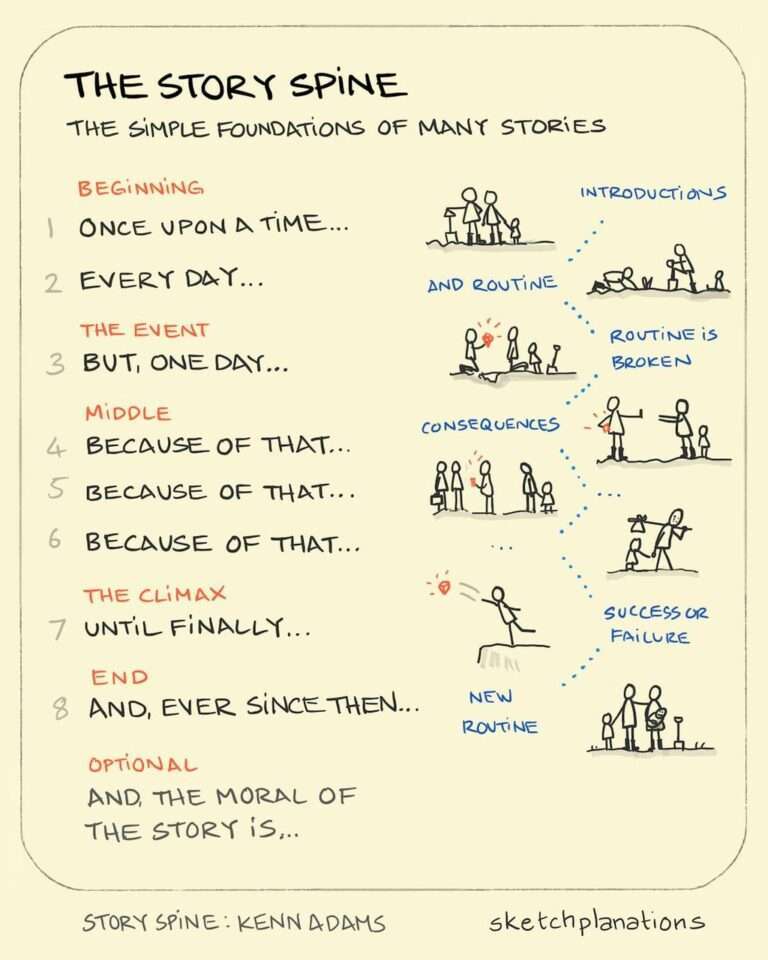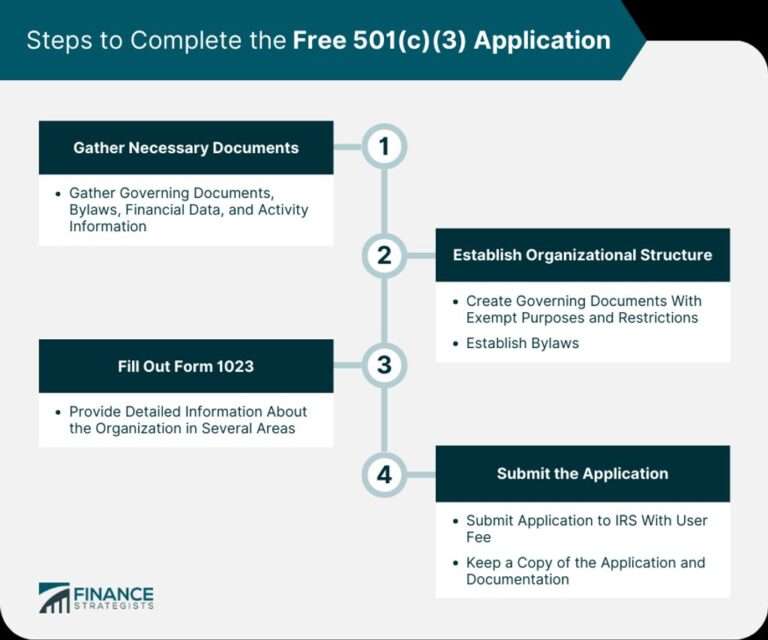The 6 ‘1’ Storytelling Elements (1 Idea, 1 Conflict, 1 Character): A framework focusing on simplicity and clarity in storytelling.
Overview
Introduction
In the world of storytelling, simplicity and clarity are essential. To captivate an audience, it is crucial to convey ideas, conflicts, and characters in a concise and understandable manner. This article explores the framework of the 6 ‘1’ storytelling elements, which focuses on the power of one idea, one conflict, and one character. By delving into the depths of each element, we will uncover the key insights that make storytelling impactful and memorable. Join us on this journey as we unravel the secrets of crafting compelling narratives. If you’re ready to enhance your storytelling skills, stay tuned for the practical How to Section at the end, where we will provide actionable tips and techniques. And remember, the power to create captivating stories lies within you. Let Unifire be your guide in scaling authentic content and unleashing your storytelling potential.
Importance of Simplicity and Clarity in Storytelling
In storytelling, simplicity and clarity are crucial elements that ensure the message effectively reaches the audience. By embracing a strategy that focuses on simplicity and clarity, storytellers can create narratives that are easy to understand and resonate with the readers or viewers. Simplicity allows for a clear and concise presentation of ideas, preventing confusion and ensuring that the main message is conveyed. Clarity, on the other hand, ensures that the story is easily comprehensible, enabling the audience to fully engage with the narrative. By prioritizing simplicity and clarity, storytellers can captivate their audience and leave a lasting impact.
The 6 ‘1’ Storytelling Elements
In storytelling, simplicity and clarity are crucial for capturing the attention of the reader. The 6 ‘1’ Storytelling Elements framework provides a structured approach to achieving this goal. By focusing on one idea, one conflict, and one character, storytellers can create narratives that are easy to understand and engage with. This framework emphasizes the importance of depth over high-level explanations, allowing for comprehensive exploration of each element. Through the use of compelling ideas, tension-building conflicts, and memorable characters, storytellers can establish a strong connection with their audience. To enhance your storytelling skills and create impactful narratives, consider using Unifire, a tool that can help you transform your content into unique and engaging pieces. With Unifire, you can turn webinars, podcasts, and conference talks into high-quality written content that resonates with your audience. Start simplifying and clarifying your storytelling today!
Idea
Defining the Idea
The idea is the foundation of any story. It is the central concept or theme that drives the narrative and captures the audience’s attention. A compelling idea should be unique, engaging, and relatable. It should have the potential to evoke emotions, spark curiosity, and leave a lasting impact on the audience. To develop a compelling idea, you need to explore different perspectives, brainstorm innovative concepts, and refine your vision. Look for ideas that resonate with your target audience and align with your storytelling goals. Successful ideas often tap into universal themes and address timeless human experiences. They have the power to inspire, entertain, and provoke thought. In this section, we will delve deeper into the process of defining and developing a compelling idea, providing examples of successful ideas that have captivated audiences across various mediums.
Unifire is a powerful tool that can help you streamline your storytelling process and bring your ideas to life. With its user-friendly interface and extensive features, Unifire empowers you to create captivating stories that resonate with your audience. Sign up for a free trial today and unlock the full potential of your storytelling abilities.
How to Define a Compelling Idea
- Research and Explore: Dive into different genres, mediums, and storytelling techniques to gain inspiration and broaden your perspective.
- Identify Themes: Identify universal themes and concepts that resonate with your target audience.
- Brainstorm: Generate a list of potential ideas and concepts that align with your storytelling goals.
- Refine and Narrow Down: Evaluate and refine your ideas to select the most compelling and unique concept.
- Test and Validate: Share your idea with a trusted circle of friends, colleagues, or mentors to gather feedback and validate its potential.
- Iterate and Improve: Continuously refine and iterate on your idea based on feedback and insights.
By following these steps, you can define a compelling idea that forms a solid foundation for your storytelling journey. Remember, the idea is just the beginning; it’s how you execute and develop it that truly brings your story to life.
Developing a Compelling Idea
When it comes to developing a compelling idea for your story, it is important to prioritize depth over high-level explanations. A strong idea serves as the foundation of your story and sets the stage for the rest of the elements. It should be comprehensive and capture the reader’s attention from the start. To develop a compelling idea, you need to think about what makes your story unique and interesting. Consider the key insights of the article, such as the importance of simplicity and clarity in storytelling. By focusing on these aspects, you can create an idea that resonates with your audience and keeps them engaged throughout the narrative. Remember, the idea should be connected to the overall theme and purpose of your story. Once you have a solid idea in mind, you can move on to the next step of the storytelling process.
Examples of Successful Ideas
In successful storytelling, the idea is the foundation upon which the entire narrative is built. It is the central concept or theme that drives the story forward and captures the audience’s attention. A compelling idea is one that is unique, thought-provoking, and resonates with the audience on a deep level. It should be something that sparks curiosity and invites exploration. Examples of successful ideas can range from a simple yet powerful concept like love conquers all to a complex and intricate idea like the exploration of the human psyche. These ideas serve as the guiding force behind the storytelling process and set the stage for the conflicts and characters that will be introduced. They provide a framework for the narrative and offer a clear direction for the story to unfold. When crafting your own ideas, remember to think outside the box and consider how you can bring something fresh and innovative to the table. By doing so, you can create stories that captivate and engage your audience in a meaningful way.
CTA: Discover how Unifire can help you bring your storytelling ideas to life.
How to Develop a Compelling Idea:
- Identify your target audience: Understand who you are creating the story for and what will resonate with them.
- Research and gather inspiration: Explore different sources, such as books, movies, and real-life experiences, to spark your creativity.
- Brainstorm and refine: Generate multiple ideas and then narrow them down to the most promising ones.
- Test and validate: Share your ideas with others and gather feedback to ensure they are compelling and resonate with the audience.
- Iterate and improve: Continuously refine and enhance your idea based on feedback and insights.
By following these steps, you can develop a compelling idea that forms the core of your storytelling and sets the stage for a captivating narrative.
Conflict
Understanding Conflict in Storytelling
In storytelling, conflict serves as a driving force that engages the audience and keeps them invested in the narrative. It creates tension, raises stakes, and allows for character growth and development. Conflict can take various forms, such as internal struggles, interpersonal conflicts, or conflicts with external forces. By understanding the different types of conflict and how to create and resolve them in a satisfying way, content creators and educators can craft compelling stories that resonate with their audience. To effectively utilize conflict in storytelling, it is important to prioritize depth over high-level explanations, ensuring that the conflicts are comprehensive and meaningful. By incorporating conflict into their narratives, creators can captivate their audience and leave a lasting impact. If you’re looking to enhance your storytelling skills and create impactful content, consider trying Unifire. With Unifire, you can transform your webinars, podcasts, or conference talks into unique and engaging content that reflects your insights and style. Don’t let your ideas go to waste – leverage the power of Unifire to scale your content creation and win the content game.
CTA: Visit Unifire to learn more and start creating compelling content today!
Creating Tension and Conflict
Creating tension and conflict is a crucial aspect of storytelling. It is through these elements that the audience becomes emotionally invested in the narrative. Tension and conflict can arise from various sources, such as opposing goals, interpersonal conflicts, or external obstacles. By analyzing the effectiveness of stories that successfully incorporate tension and conflict, storytellers can gain insights into how to engage and captivate their audience. This involves examining the strategies used to escalate tension, maintain suspense, and ultimately resolve the conflict in a satisfying way. Understanding the dynamics of tension and conflict allows storytellers to craft compelling narratives that keep readers or viewers on the edge of their seats.
Resolving Conflict in a Satisfying Way
Resolving conflict in a satisfying way is a crucial aspect of storytelling. It is the resolution of the conflict that brings the story to a satisfying conclusion and leaves a lasting impact on the audience. To achieve this, the conflict must be built up throughout the story, creating tension and keeping the audience engaged. The resolution should not be predictable or cliché, but rather unexpected and satisfying. It should tie up loose ends and provide a sense of closure for the characters and the audience. By resolving conflict in a satisfying way, storytellers can leave a lasting impression and create a memorable experience for their audience.
Character
Building Memorable Characters
When it comes to building memorable characters, one key insight from the article is the importance of creating depth and complexity. Characters that are multidimensional and have their own unique traits and personalities are more likely to resonate with the audience. It is not enough to have a one-dimensional character; instead, writers should strive to develop characters that feel like real people with their own hopes, fears, and motivations. Additionally, character development and arc play a crucial role in driving the story forward. Characters should undergo growth and change throughout the narrative, facing challenges and overcoming obstacles. This adds depth and complexity to the story and keeps the audience engaged. Lastly, the role of characters in driving the story cannot be overstated. Characters are the driving force behind the plot, making decisions and taking actions that shape the events of the story. Their choices and actions create conflict and propel the narrative forward, keeping the audience invested in the outcome. Overall, building memorable characters requires careful attention to detail and a deep understanding of human nature and psychology.
Character Development and Arc
Character development is a crucial aspect of storytelling that involves creating dynamic and memorable characters that undergo growth and change throughout the narrative. A well-developed character arc allows readers or viewers to connect with the character on a deeper level and become invested in their journey. It is through the character’s development that conflicts are resolved, ideas are explored, and the overall story is driven forward. By focusing on character development, storytellers can create more engaging and impactful narratives that resonate with their audience.
The Role of Characters in Driving the Story
One of the key insights of this article is the importance of characters in driving the story. Characters serve as the driving force behind the narrative, influencing the plot and engaging the audience. Memorable characters are essential for creating a compelling and immersive storytelling experience. They bring the story to life, evoking emotions and connecting with the audience on a deeper level. Character development plays a crucial role in crafting well-rounded and relatable characters. By giving characters goals, motivations, and conflicts, they become more dynamic and interesting. Additionally, characters can serve as a vehicle for exploring themes and conveying messages. Through their actions and interactions, they can communicate ideas and provoke thought. In summary, characters are not just passive participants in a story; they are active agents that drive the plot and engage the audience.
CTA: Visit Unifire for tools and resources to enhance your storytelling skills!
How to Build Memorable Characters:
- Start with a clear understanding of your character’s role in the story.
- Develop their backstory and personal history to add depth.
- Give them unique traits, quirks, or flaws to make them memorable.
- Create goals and motivations that drive their actions.
- Allow your characters to evolve and grow throughout the story.
- Use dialogue and interactions to reveal their personality and relationships.
- Consider the impact of your character’s actions on the plot and other characters.
- Continuously refine and develop your characters as the story progresses.
By following these steps, you can create compelling characters that drive the story and captivate your audience.
The Character section of Unifire is dedicated to exploring the depth and complexity of different characters in various forms of media. From beloved fictional characters to real-life individuals who have made a significant impact, this section delves into their stories, motivations, and the lessons we can learn from them. Whether you’re a fan of literature, movies, TV shows, or video games, you’ll find fascinating insights and analysis on the characters that have captured our imaginations. Visit Unifire now to discover the intriguing world of characters and unlock a new level of appreciation for storytelling.








